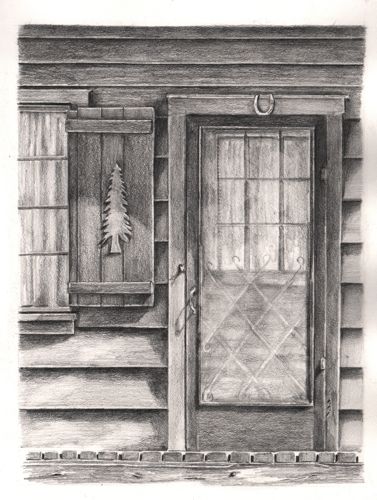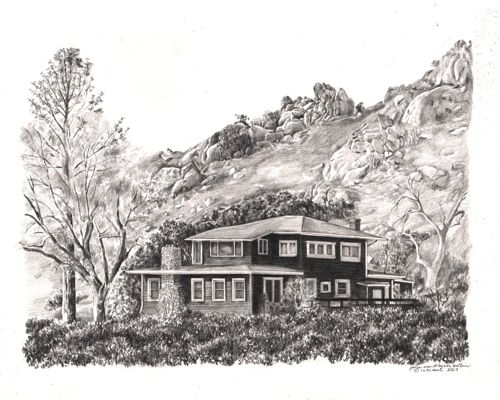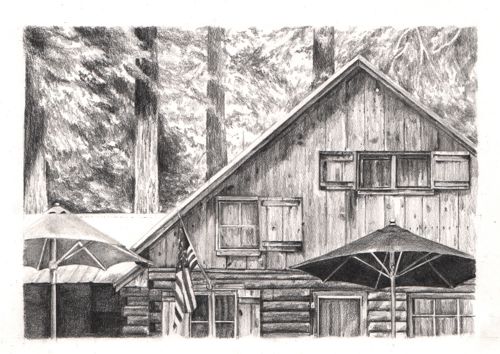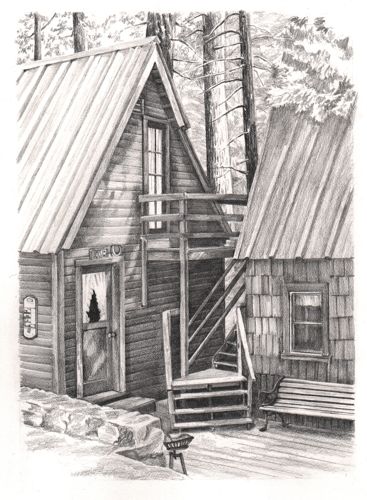Fear is a great obstacle to creativity. This post lists common info about fear and a list of my personal worries (an easier word to stomach than fear, as if I’m not a Big Chicken).
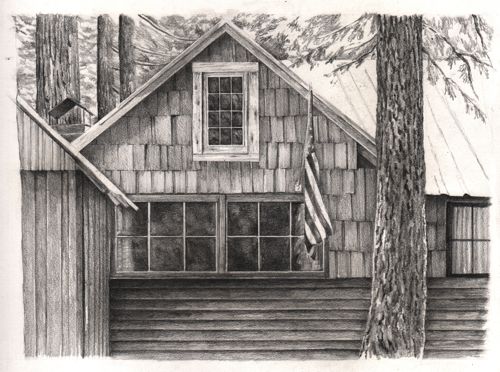
Here is a list of random thoughts about fear:
1. The greatest fear that is most common to people is public speaking.
2. Fear of the unknown is another biggie.
3. “The only thing to fear is fear itself” has always struck me as mysterious, weird and hard to understand.
4. Fear of failure is another common thread running through life.
5. I’ve had friends say to me, “I only knit scarves; aren’t you afraid to knit a sweater?”
6. Seth Godin says that fear is what holds people back from making art – fears of vulnerability, being discovered to be a fraud, or not connecting honestly with people.
Drawing an entire book, The Cabins of Wilsonia, completely self-publishing (not assisted self-publishing like Lulu or CreateSpace), designing using a difficult program (InDesign is NOT intuitive and NOT anything like the Apple stuff I’m used to), marketing – all on a subject with which I am familiar in general but not specifically . . . that is PILE of unknowns.
Check out this list of worries:
1. While I spend a year on nothing but pencil drawings of cabins (reaching for a total of 230 with the start # of 86 on January 1, 2013), how will I earn a living?
2. What if the books don’t sell?
3. What if the originals don’t sell?
4. What if I don’t find a good printer?
5. What if no one comes to the book signings?
6. What if the economy tanks further and people can’t afford a luxury picture book?
What if, what if, what if?
If ifs and buts were candy and nuts, we’d all have a Merry Christmas.
Shut up, negative voices. I have drawing to do!
